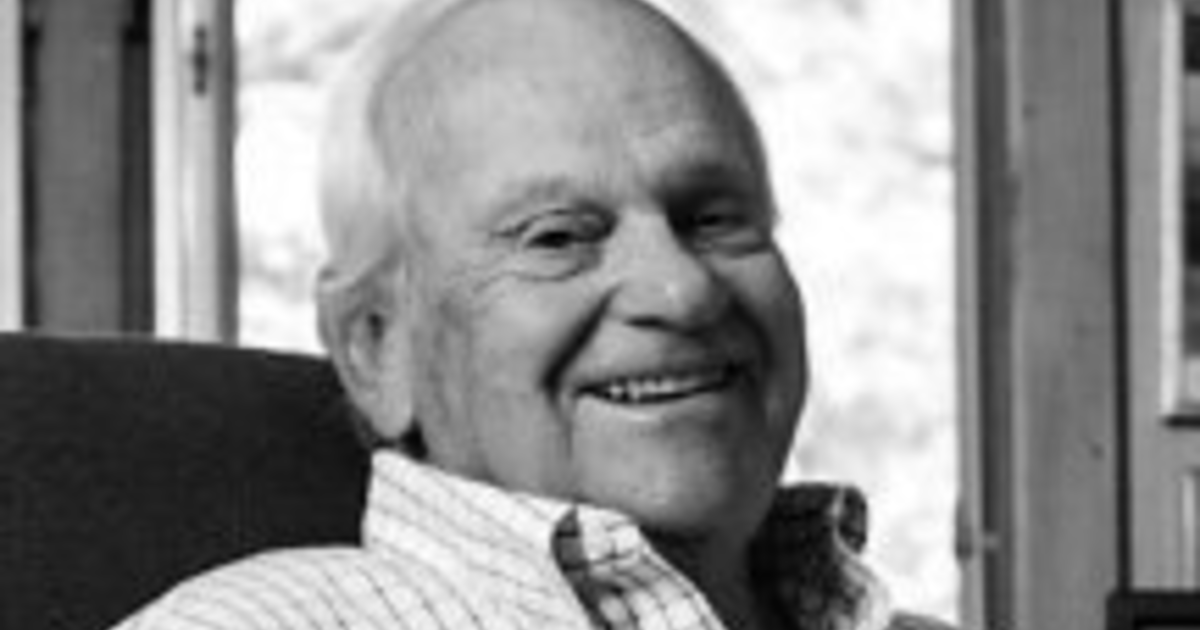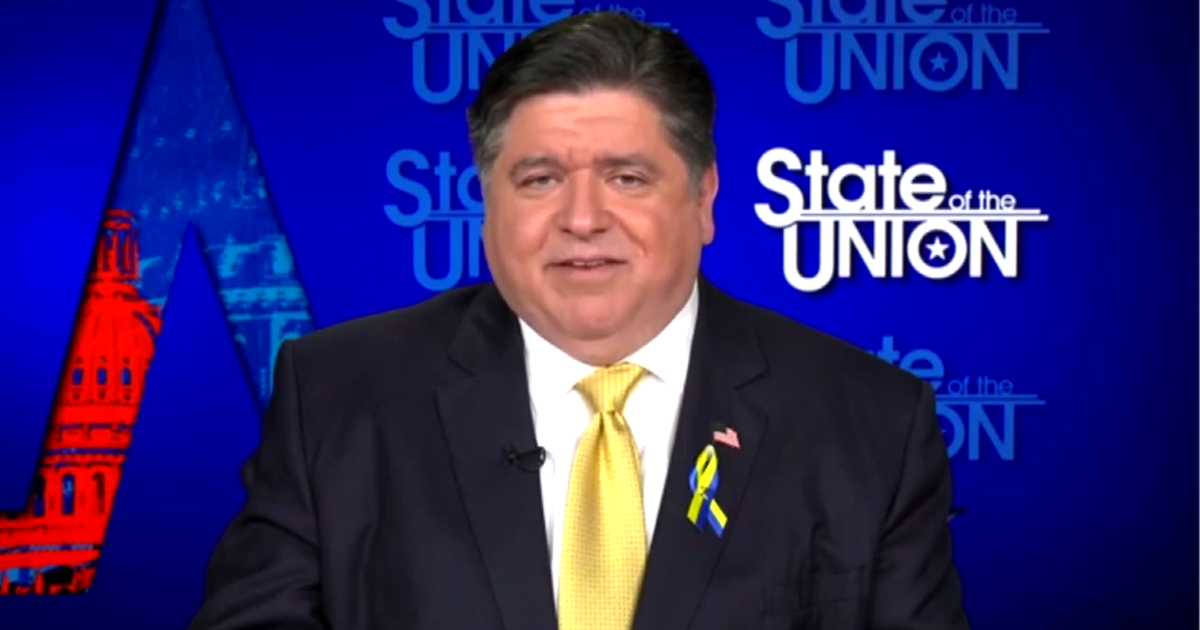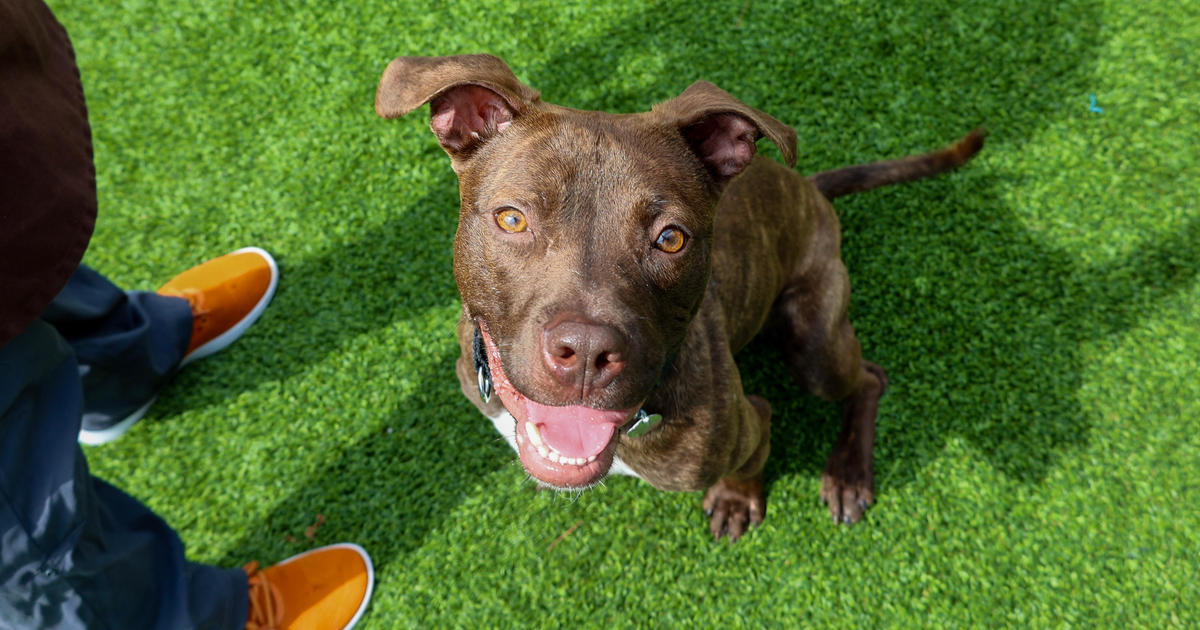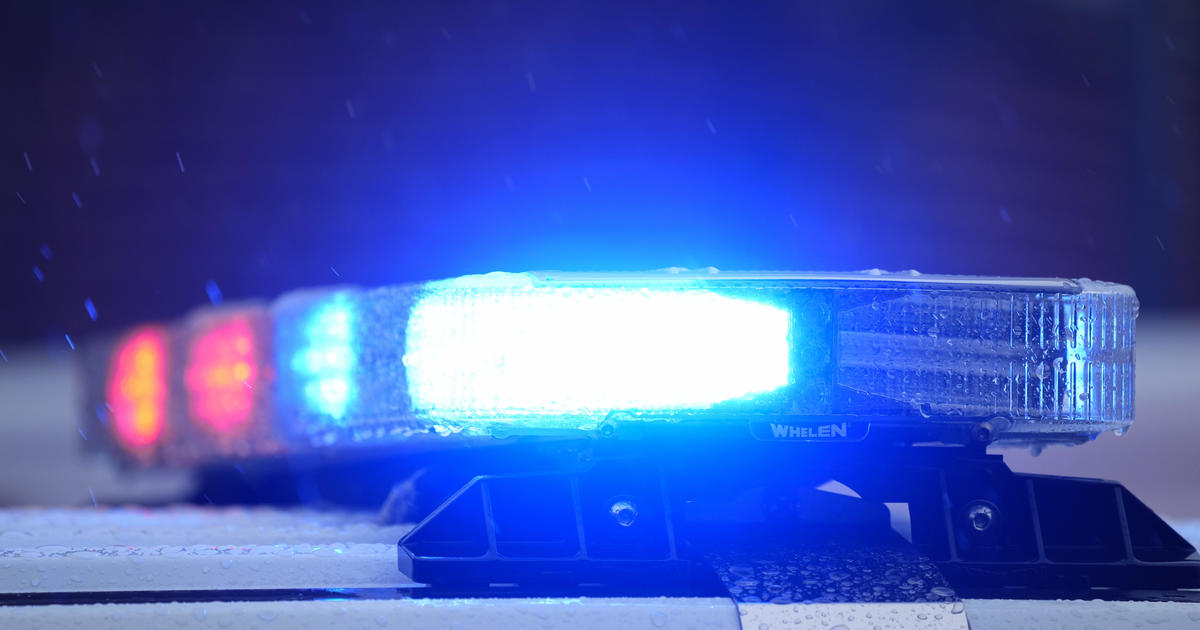Swarm Robots Developed In Northwestern Labs Could Be Model For Self-Driving Cars Preventing Traffic Jams
EVANSTON, Ill. (CBS) -- Some little creatures being developed in a lab could put an end to rush hour as we know it.
CBS 2's Lauren Victory this week took us inside a local lab where advances in robotics could change the way we all drive.
We've seen robot gymnasts and robot cooks, robots mimicking dogs and serving as butlers too.
The difference with Mike Rubenstein's robots is that they can be anything you want. The little purple machines quickly got into formation to make an N and a U for Northwestern University – where Rubenstein is a computer scientist and mechanical engineering professor.
Rubenstein believes he cracked a code.
"You draw a picture in the computer and give it to all the robots, and they automatically know how to form that shape in a guaranteed way. They didn't have any collisions," he said.
Rubenstein and a student helper built each of the tiny robots from scratch – all 100 of them. They fit in one corner of the NU Center for Robotics and Biosystems.
Their small size has another big purpose.
"It's creating a robot, but instead of creating one piece, you're making it with lots of cells of robots," he said.
So what would a multi-cellular robot do?
"It can change its shape automatically, so if you need to change a task, maybe there's a shape that can help you solve that task better," Rubenstein said.
Rubenstein likens his cells of robots to swarms of bees. A big part of his research is avoiding something called deadlock – ensuring the swarms reconfigure without slowing down or stopping.
To avoid deadlock, the robots make their own decisions, and use sensors to communicate under Rubenstein's algorithm.
"What my robots do is if you're trying to go down the hallway one way and I'm trying to go the other way, we actually just swap goals, and we turn around and go backwards," he said.
That could mean warehouse work already done by robots could get even faster – or traffic jams could be a thing of the past.
"If there's ever lots of self-driving cars on the road, that's going to be swarms of robots interacting with each other," Rubenstein said. "You need to understand how to do that safely in a way that doesn't have collisions or deadlock."
Rubenstein's next step is figuring out how to scale his experiment in an inexpensive way for the inevitable day when hundreds, thousands, or millions of robot cells are swarming around us.
Some of Rubenstein's shapes take only a minute to form. Previous swarms took a full hour.



